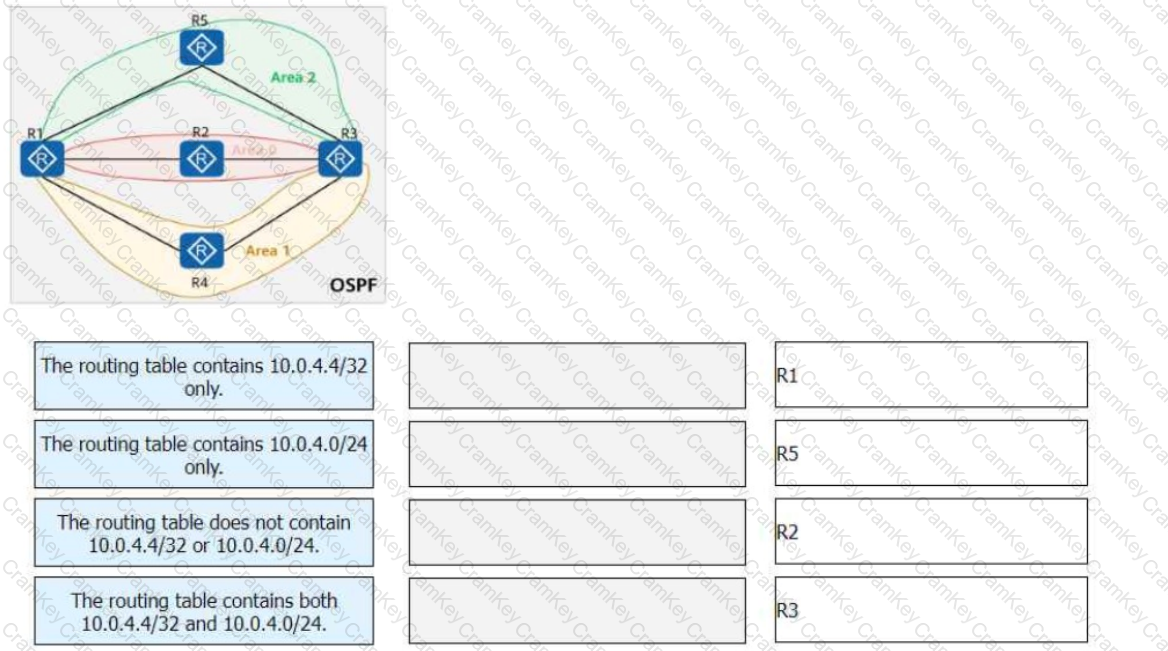HCIP-Datacom-Advanced Routing & Switching Technology V1.0
Last Update Dec 14, 2025
Total Questions : 156
To help you prepare for the H12-831_V1.0 Huawei exam, we are offering free H12-831_V1.0 Huawei exam questions. All you need to do is sign up, provide your details, and prepare with the free H12-831_V1.0 practice questions. Once you have done that, you will have access to the entire pool of HCIP-Datacom-Advanced Routing & Switching Technology V1.0 H12-831_V1.0 test questions which will help you better prepare for the exam. Additionally, you can also find a range of HCIP-Datacom-Advanced Routing & Switching Technology V1.0 resources online to help you better understand the topics covered on the exam, such as HCIP-Datacom-Advanced Routing & Switching Technology V1.0 H12-831_V1.0 video tutorials, blogs, study guides, and more. Additionally, you can also practice with realistic Huawei H12-831_V1.0 exam simulations and get feedback on your progress. Finally, you can also share your progress with friends and family and get encouragement and support from them.
On the OSPF network shown in the figure, area 1 is an NSSA, area 2 is a stub area, and R4 imports an external route 10.0.4.4/32. The router ID of each router is 10.0.X.X, where X is the router number. The asbr-summary 10.0.4.0 255.255.255.0 command is configured in the OSPF processes of R1 and R3.
Match the following descriptions of routing tables with the corresponding routers:

A network engineer enters dir on the device to obtain the following file names. Which is most likely to be the version file of the device?
On the network shown in the figure, single-hop BFD is configured on R1 and R2.
A network engineer finds that the BFD session goes down. To locate the fault, the network engineer queries the BFD configurations on R1 and R2.
According to the configuration information marked in the figure, it can be determined that mismatched time parameter settings on R1 and R2 cause the BFD session to go down.

Is this statement TRUE or FALSE?
The path that IP packets pass through on an MPLS network is called a label switched path (LSP). An LSP is a bidirectional path that specifies the transmission direction of data flows.